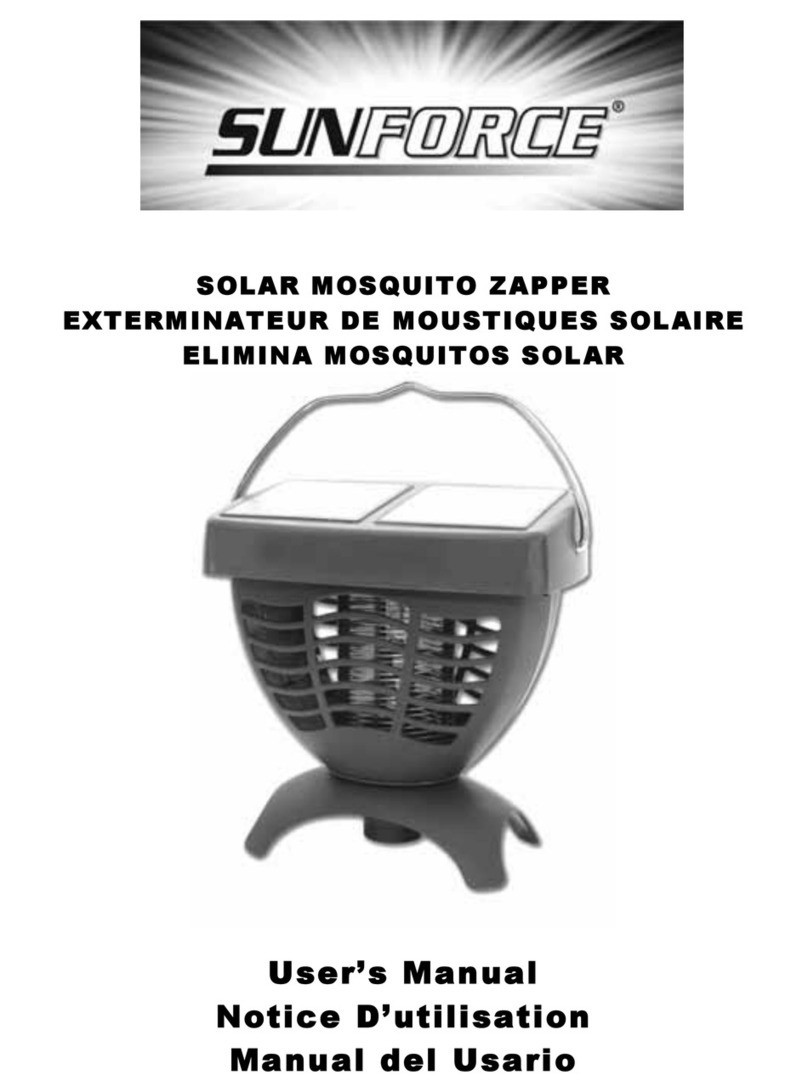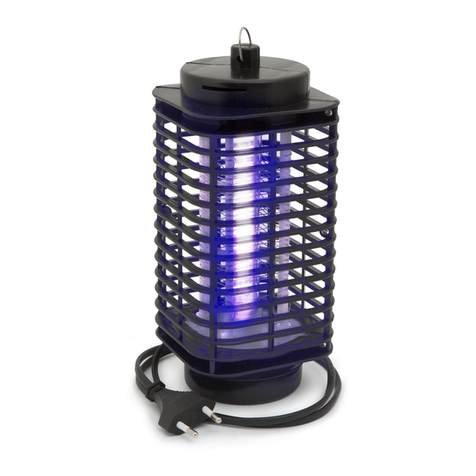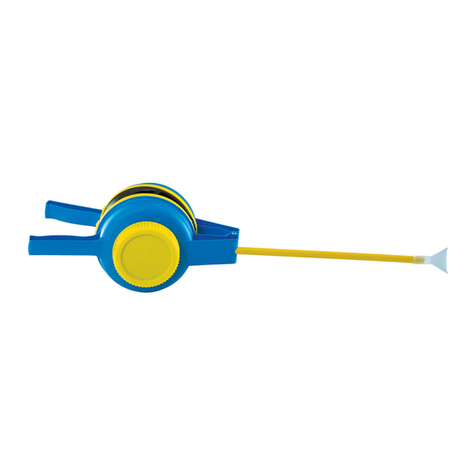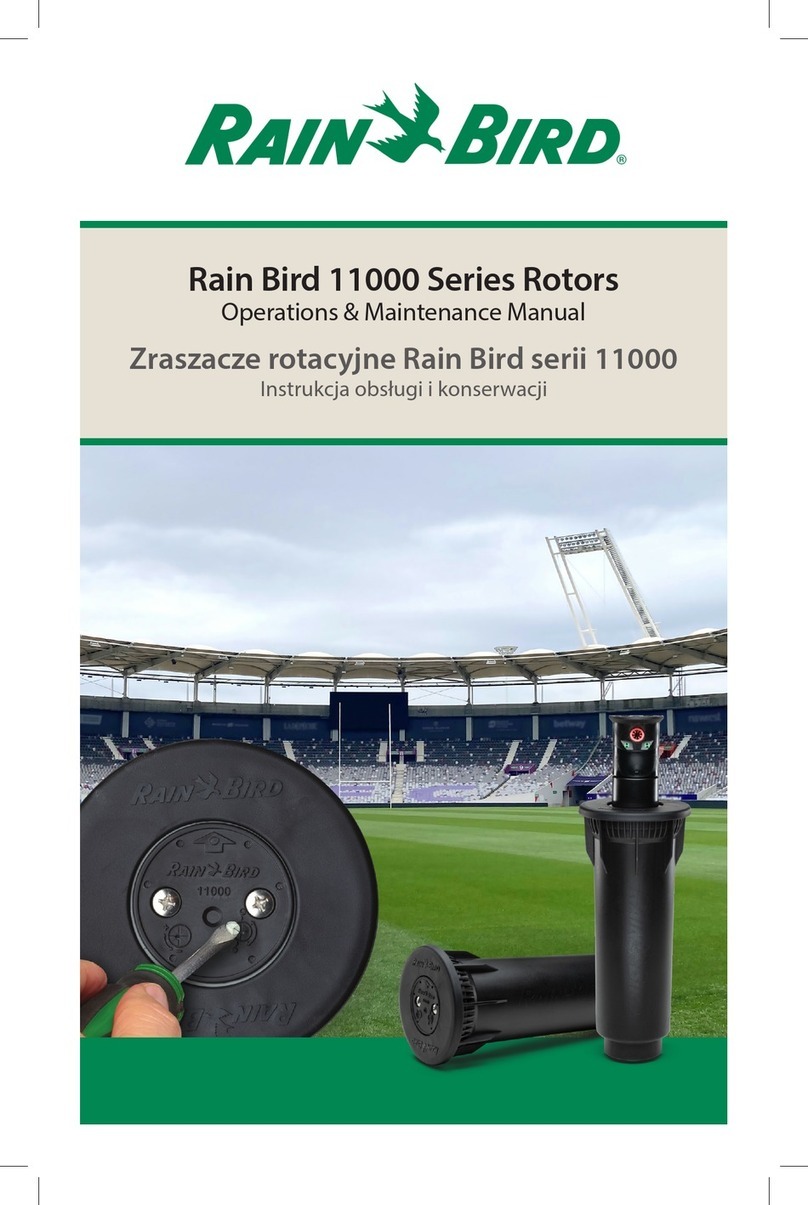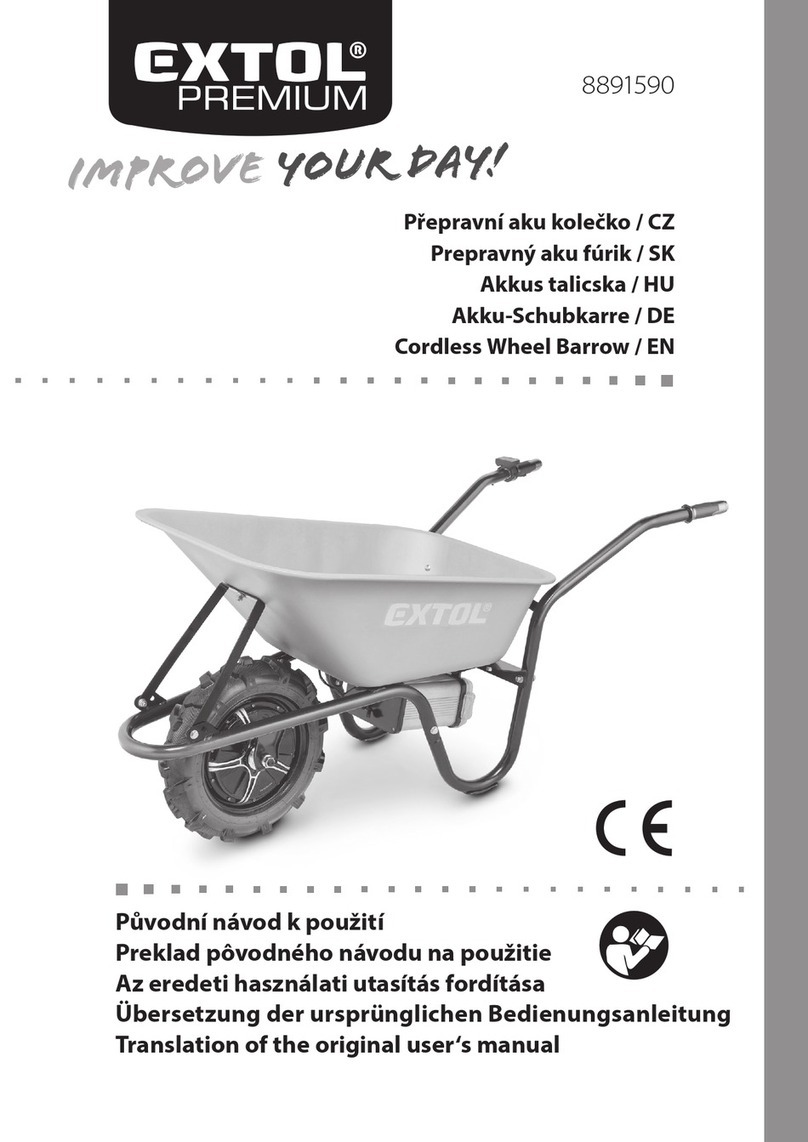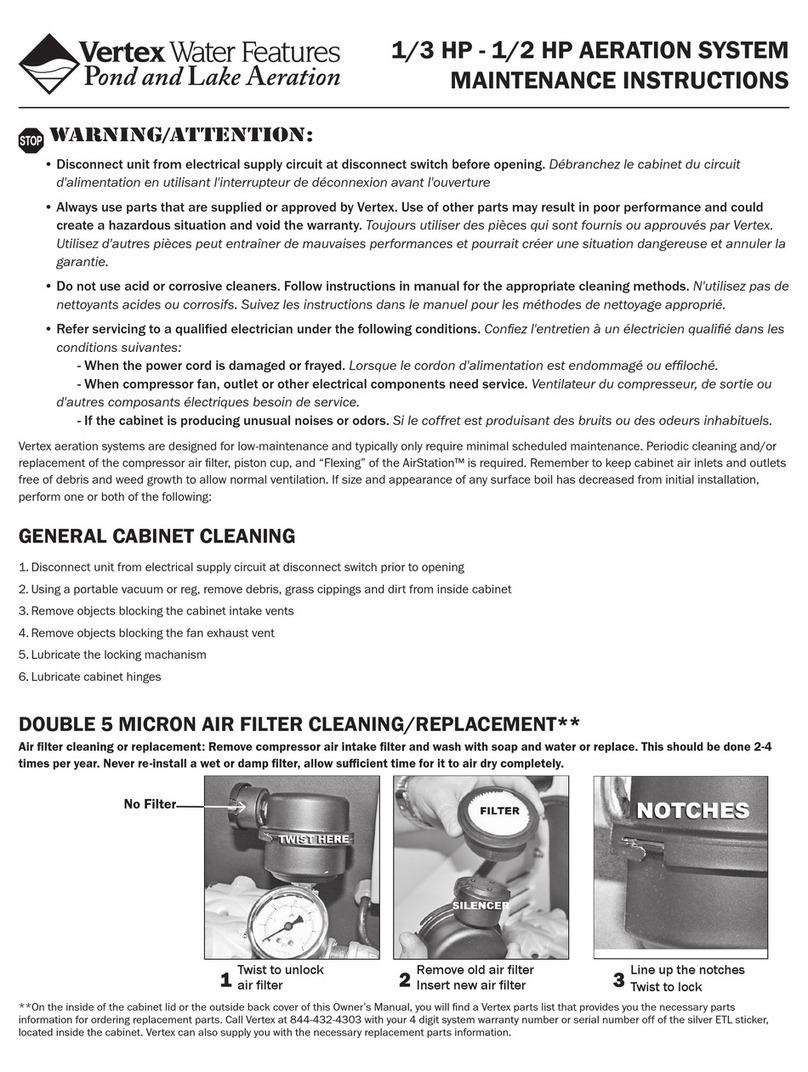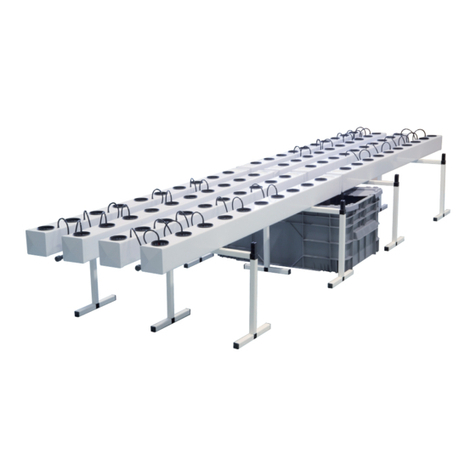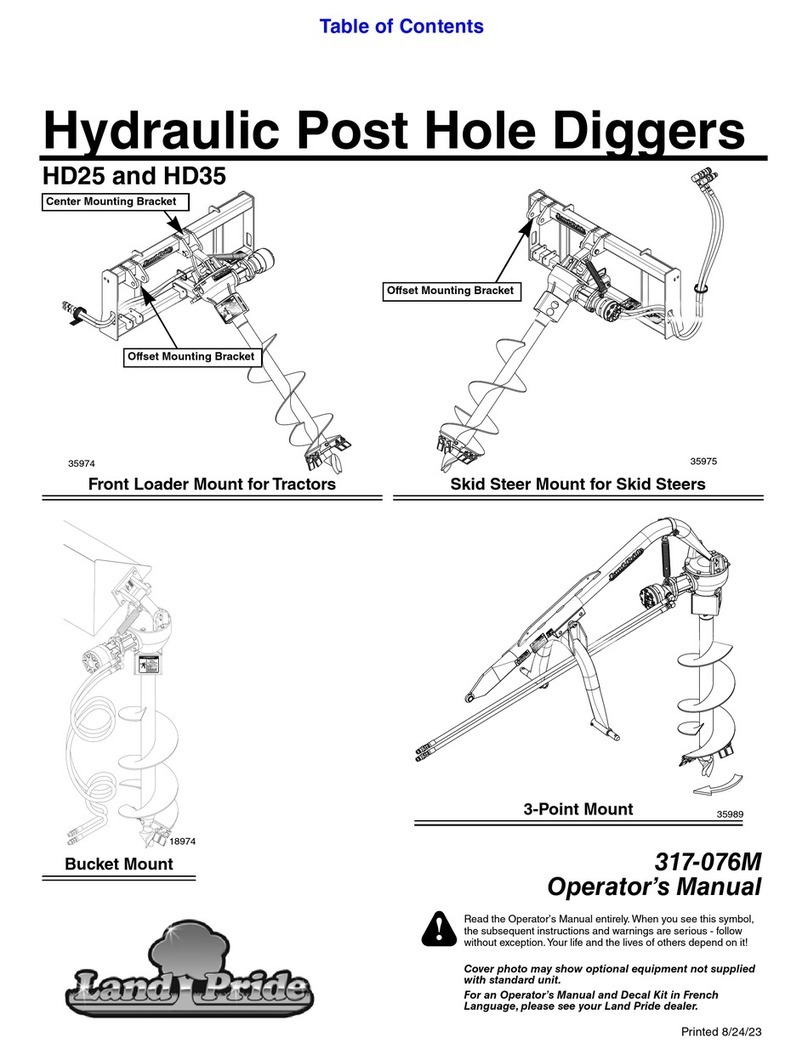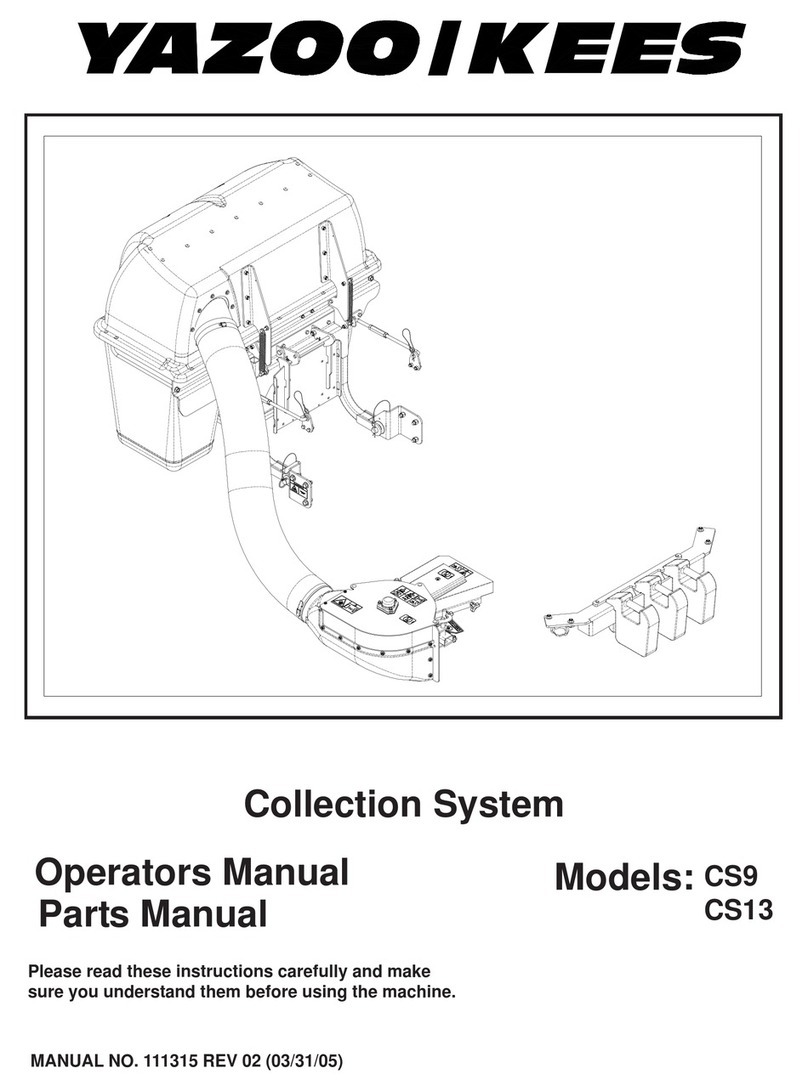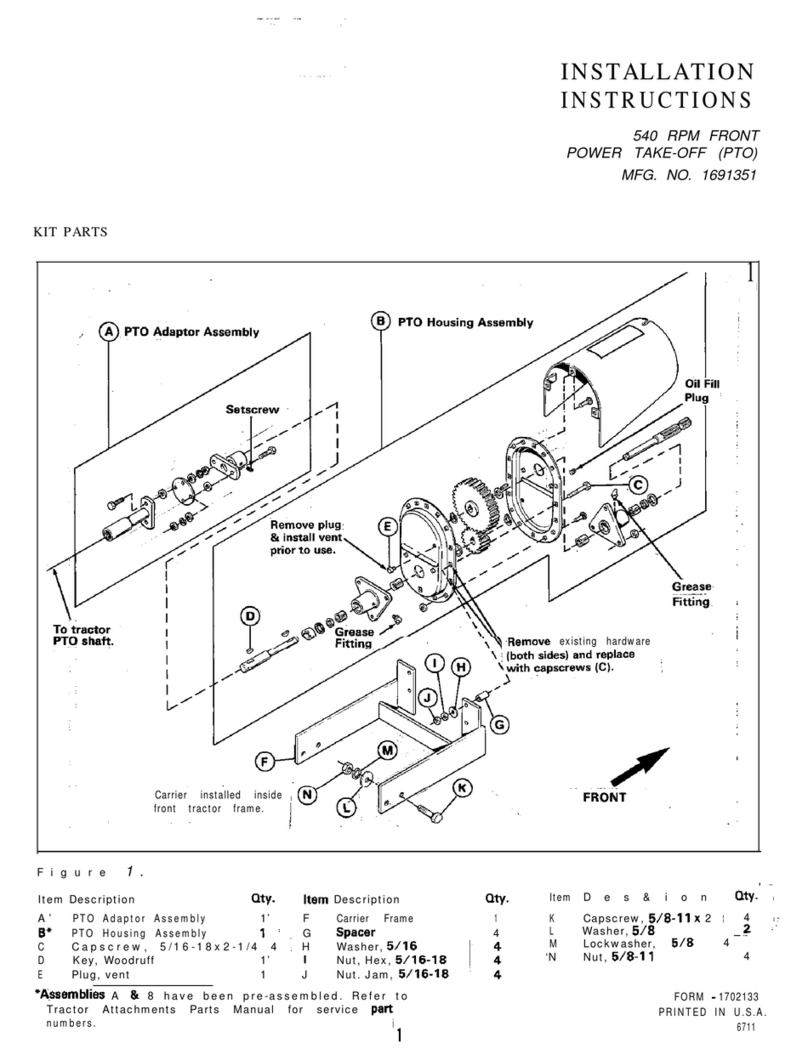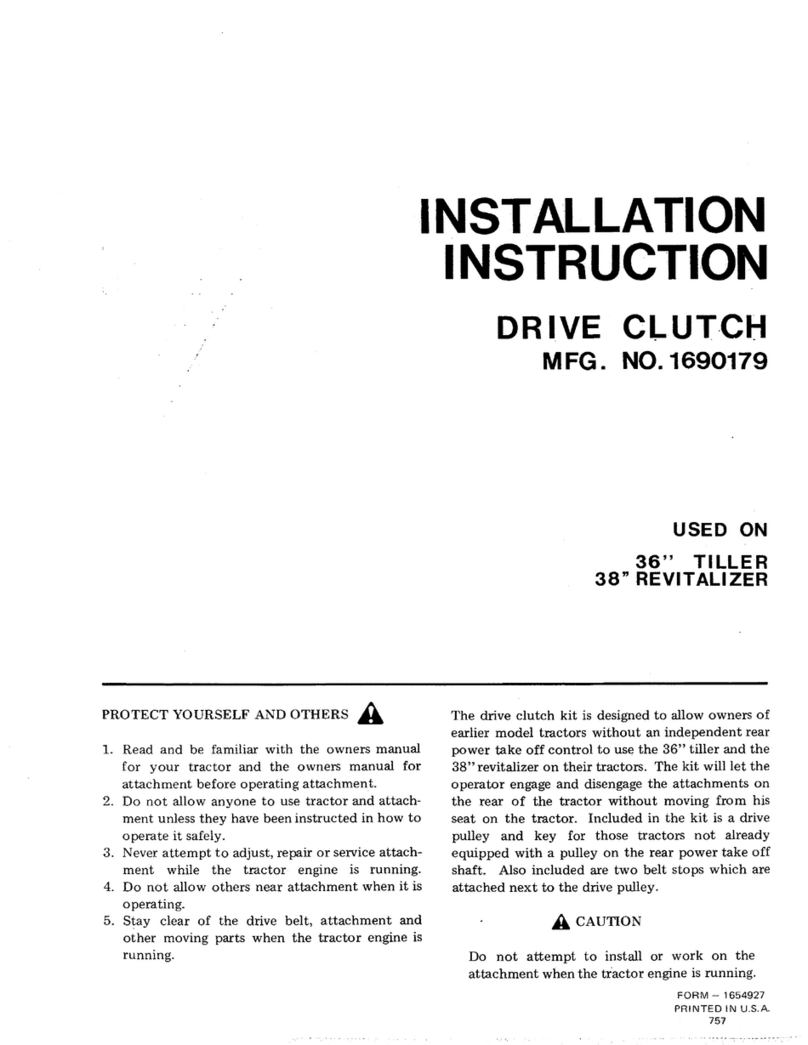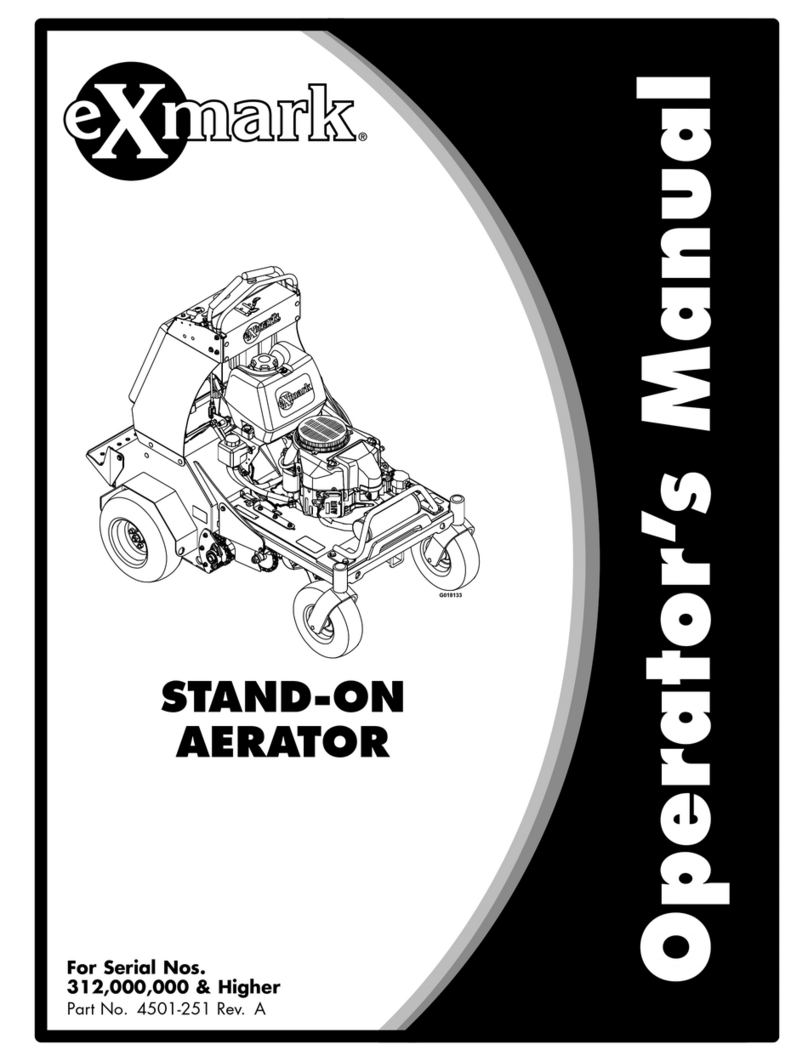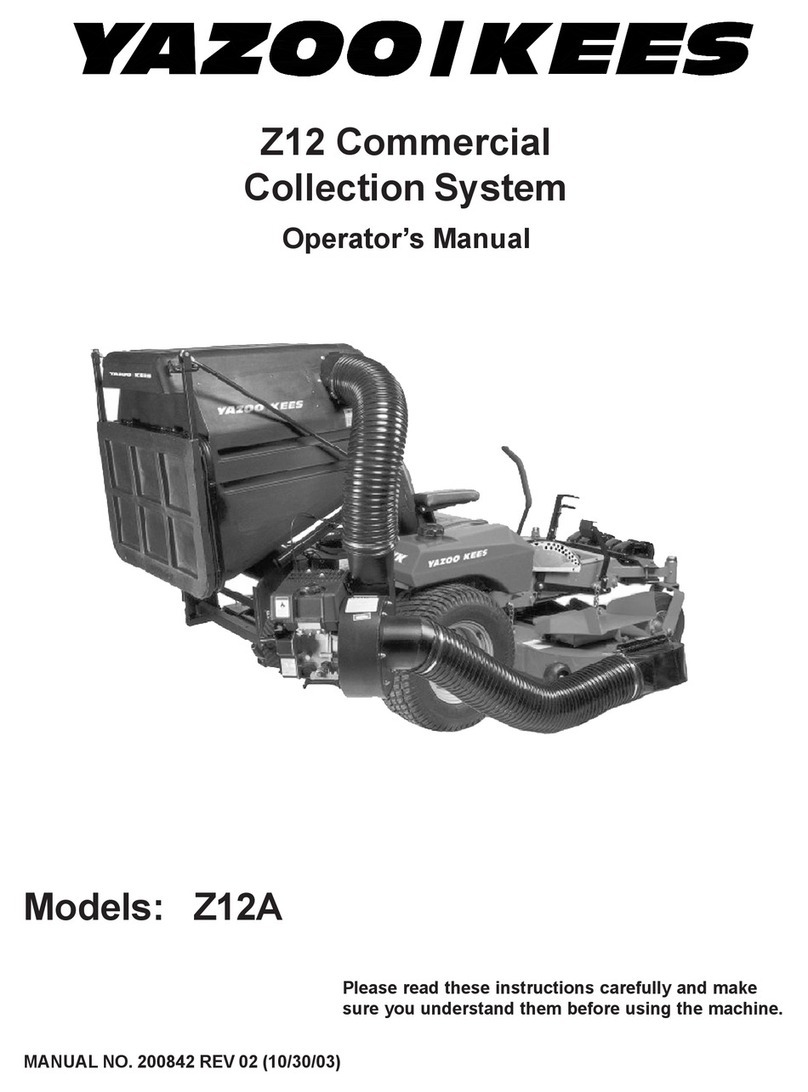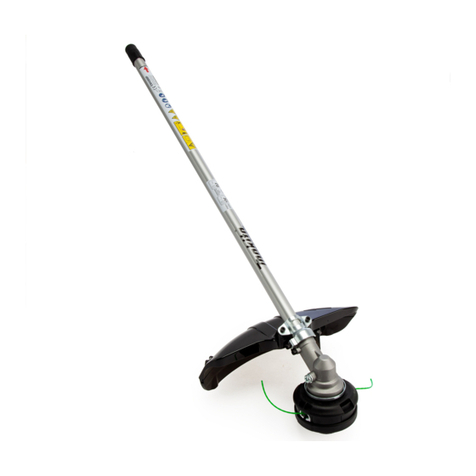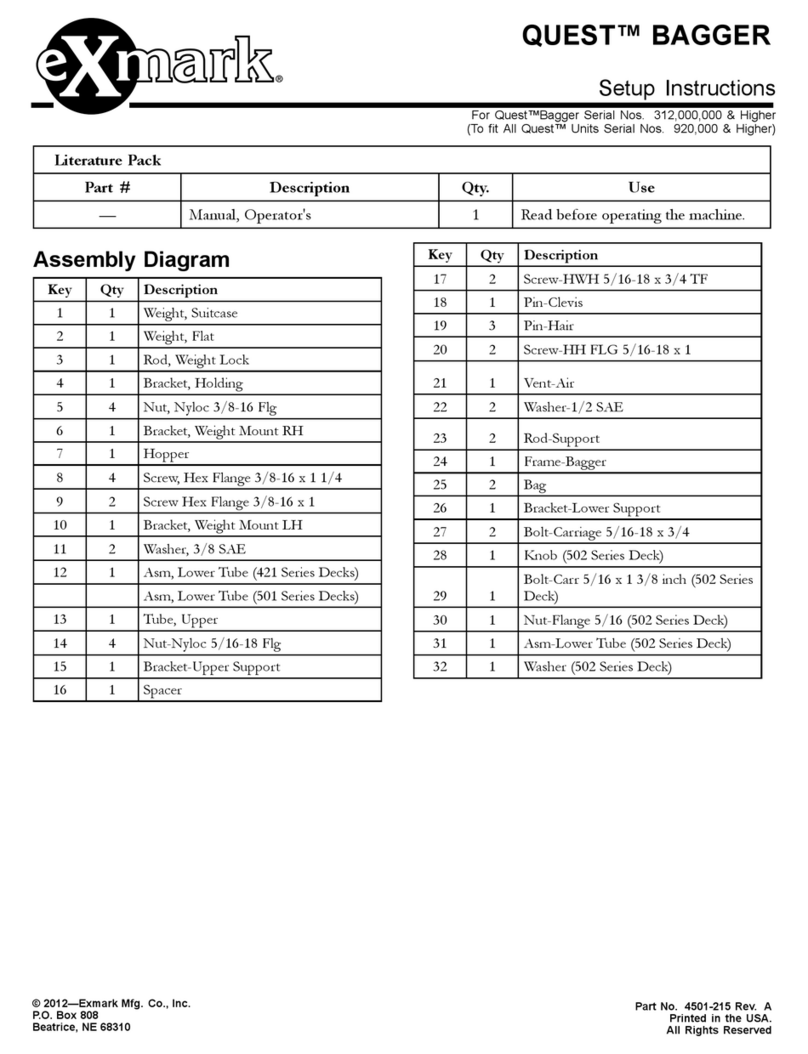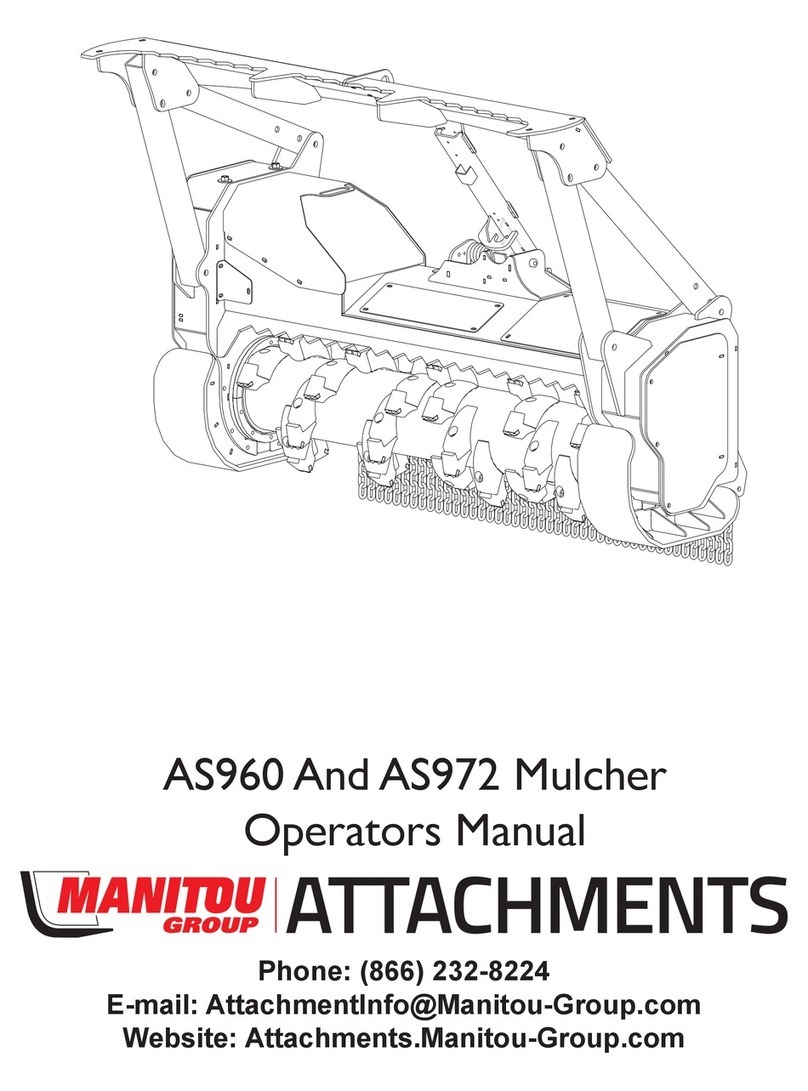
VT8800/WT8800 WATER HEATER CONTROLS
7 69-1731
Check and adjust Gas Input and Burner
Ignition
WARNING
Fire or Explosion Hazard.
Can cause severe injury, death or property
damage.
Follow these warnings exactly:
1. Do not exceed input rating stamped on
appliance nameplate or manufacturer
recommended burner orifice pressure for size
orifice(s) used. Make certain primary air supply
to burner is properly adjusted for complete
combustion. Follow instructions of appliance
manufacturer.
2. IF CHECKING GAS INPUT BY CLOCKING
GAS METER: Make certain there is no gas flow
through the meter other than to the appliance
being checked. Other appliances must remain
off with the pilots extinguished (or that
consumption must be deducted from the meter
reading). Convert flow rate to Btuh as
described in form number 70-2602, Gas
Controls Handbook, and compare to Btuh input
rating on appliance nameplate.
3. IF CHECKING GAS INPUT WITH
MANOMETER: Make sure the manual gas
shutoff switch is in the OFF position before
removing outlet pressure tap plug to connect
manometer (pressure gauge). Also, move the
manual gas shutoff switch to the OFF position
when removing the gauge and replacing the
plug. Also shut off gas supply before
disconnecting manometer and replacing plug.
Repeat Gas Leak Test at plug with main burner
operating.
1. Check the full rate manifold pressure listed on the
appliance nameplate. Water heater control full rate
outlet pressure should match this rating.
2. With burner operating, check the water heater
control flow rate using the meter clocking method or
check pressure using a manometer connected to
the outlet pressure tap on the water heater control.
See Fig. 5.
MAINTENANCE
WARNING
Fire or Explosion Hazard.
Can cause severe injury, death or property
damage.
Do not attempt to take the control apart or clean it.
Improper cleaning or reassembly can cause gas
leakage.
The maintenance program should include regular
checkout of the control as outlined in the Startup and
Checkout section, and the control system as described in
the appliance manufacturer literature.
Maintenance frequency must be determined individually
for each application. Some considerations are:
1. Cycling frequency. Appliances that may cycle
10,000 times annually should be checked monthly.
2. Intermittent use. Appliances that are used
seasonally should be checked before shutdown and
again before the next use.
3. Consequence of unexpected shutdown. Where the
cost of an unexpected shutdown would be high, the
system should be checked more often.
4. Dusty, wet or corrosive environment. Since these
environments can cause the control to deteriorate
more rapidly, the system should be checked more
often.
The system should be replaced if:
1. It does not perform properly on checkout or
troubleshooting.
2. The control is likely to have operated for more than
150,000 cycles.
3. The control is wet or looks as if it has been wet.
Table 4. Pressure Regulator Specification Pressures
(in. wc).
Table 5. Pressure Regulator Specification Pressures
(kPa).
TROUBLESHOOTING
Troubleshooting With Status Indicator
Assistance
1. Pilot burner must be lit. If not, push and hold Pilot
knob and light pilot with piezo. Error code will be
displayed when thermopile heats up. Error code
can be recognized by counting the number of
flashes of the status indicator after a three second
pause. One single flash indicates that the control is
in normal operation.
2. Observe status indicator on control; check and
repair the system as noted in Table 6. Flash codes
are displayed with a three-second delay between
cycles. Startup fault indicator will flash codes with
one-second delay followed by a six-second solid on
time and then a one-second delay. The
six-second solid on time indicates that the control is
not able to restart the system and will not allow gas
to the pilot unless knob is depressed and held in. A
continuous solid light indicates system shutdown
when knob is turned from a temperature setting to
OFF position. When the solid light is present, the
Type of
Gas
Nominal
Inlet
Pressure
Range
Factory Set
Nominal
Outlet
Pressure
Setting Range
Full Rate Full Rate
Natural 5.0 to 7.0 4.0 4.0 to 5.0
LP 12.0 to 14.0 10.0 9.0 to 11.0
Type of
Gas
Nominal
Inlet
Pressure
Range
Factory Set
Nominal
Outlet
Pressure Setting Range
Full Rate Full Rate
Natural 1.2 to 1.7 1.0 1.0 to 1.2
LP 2.9 to 3.9 2.5 2.2 to 3.0
69-1731.fm Page 7 Monday, October 10, 2005 11:02 AM
